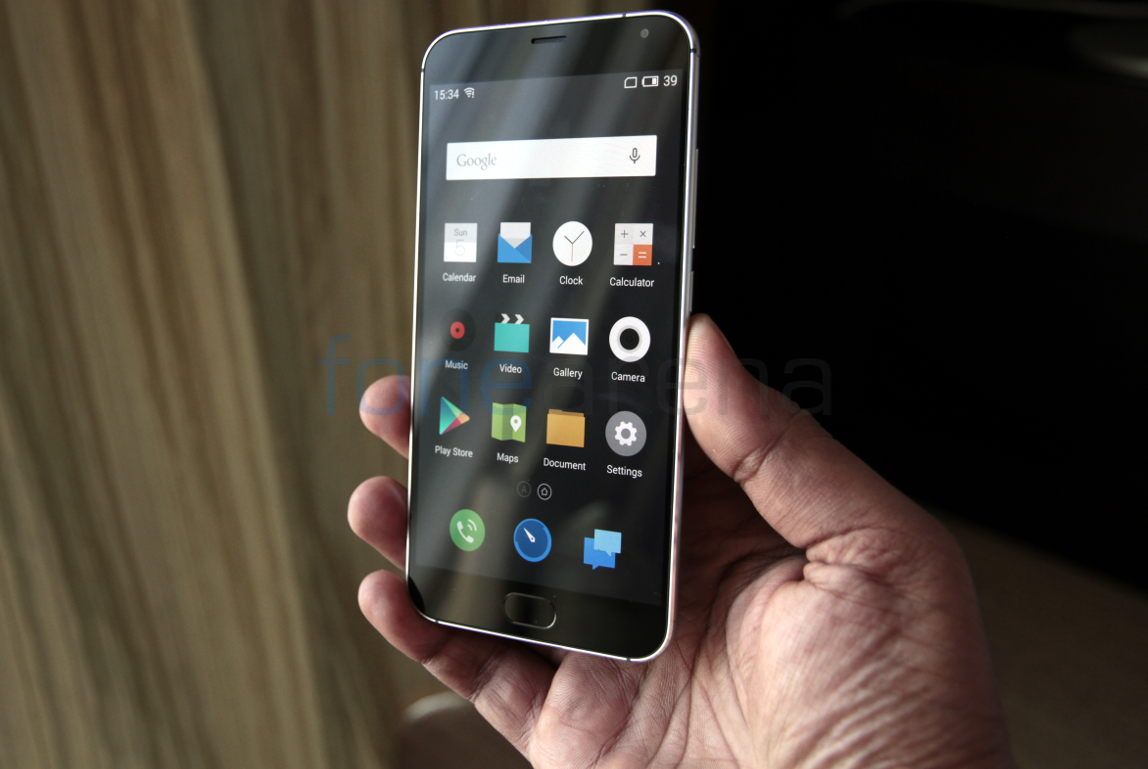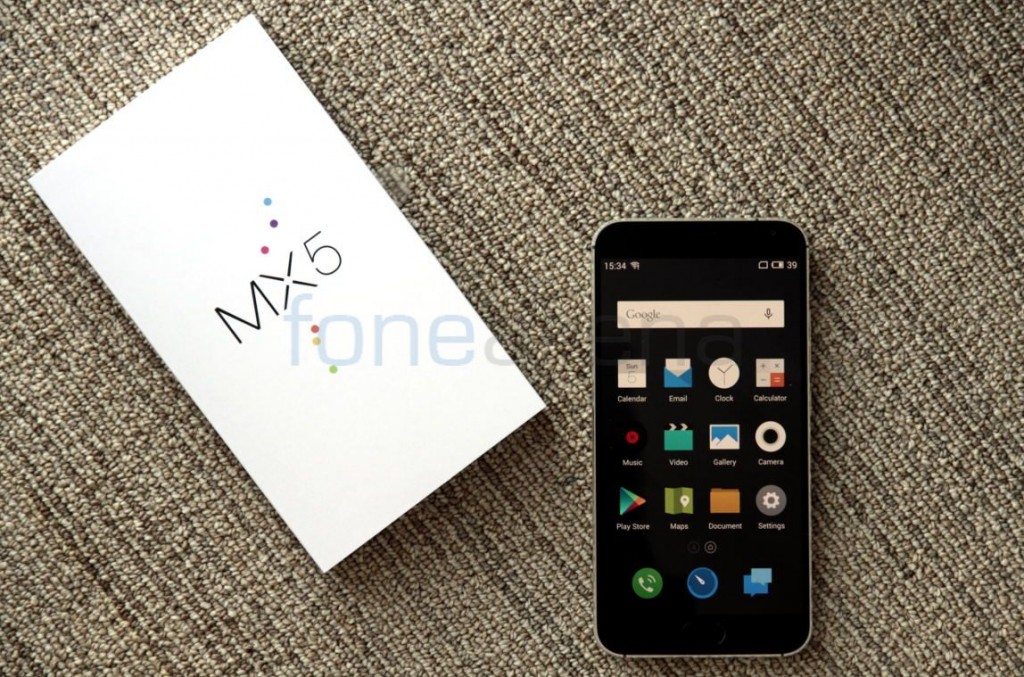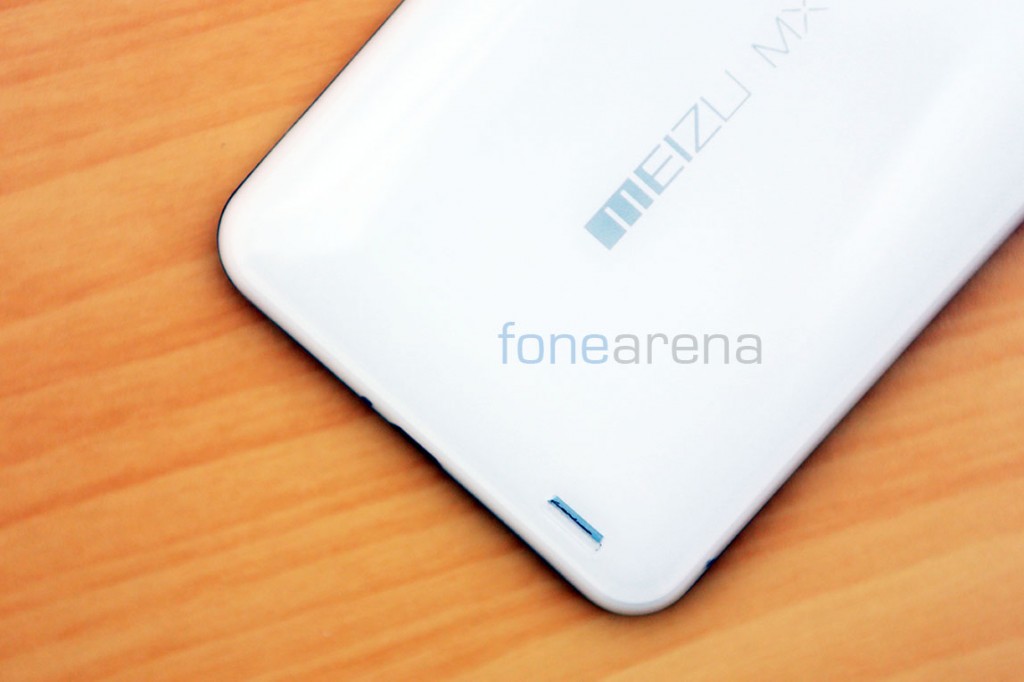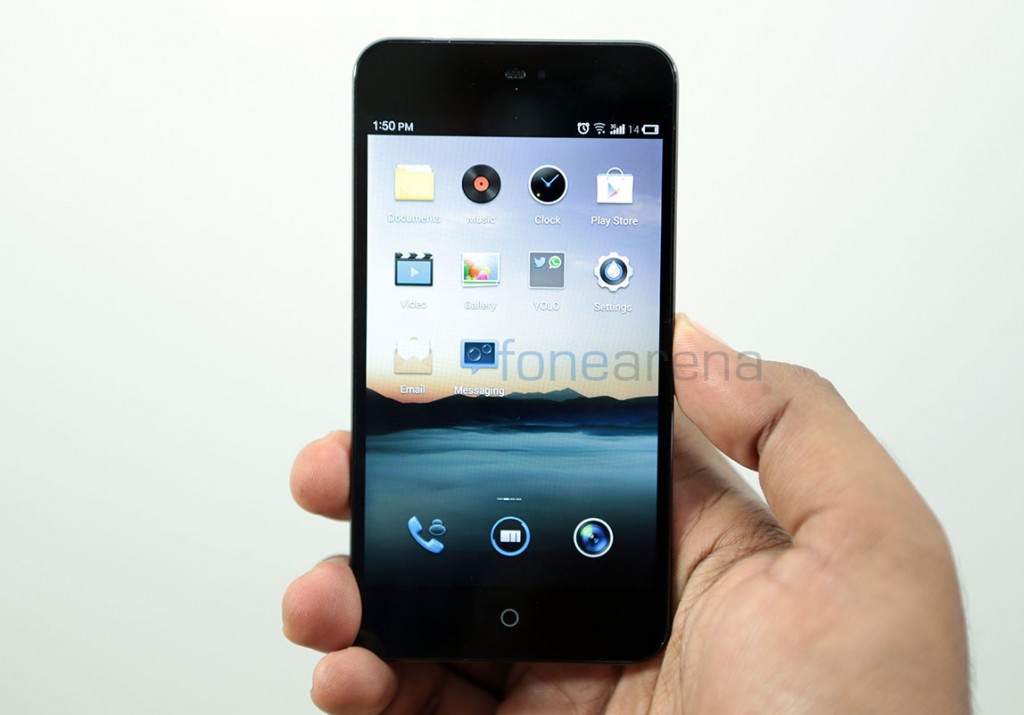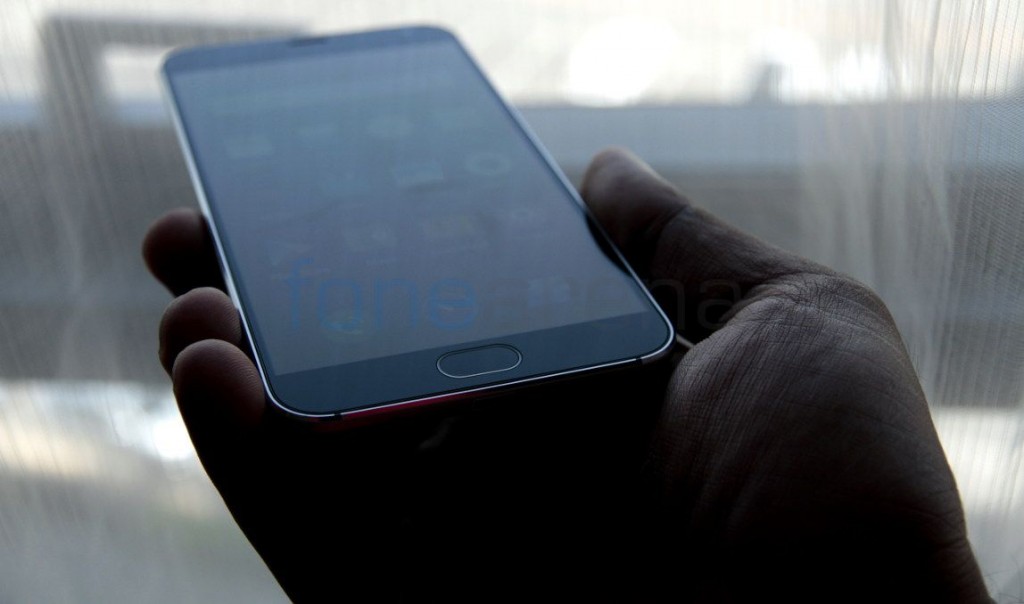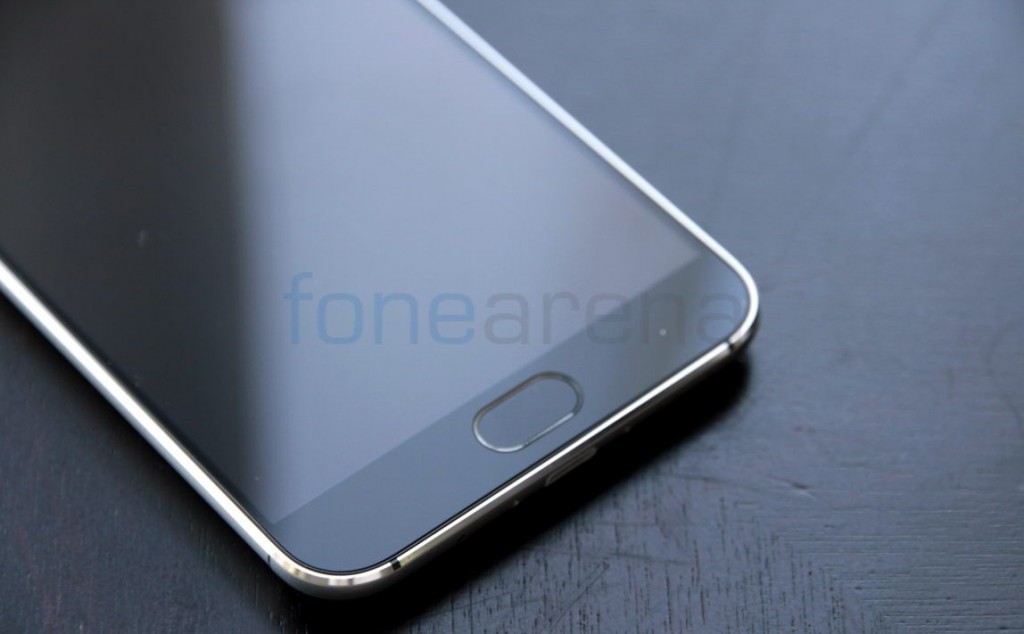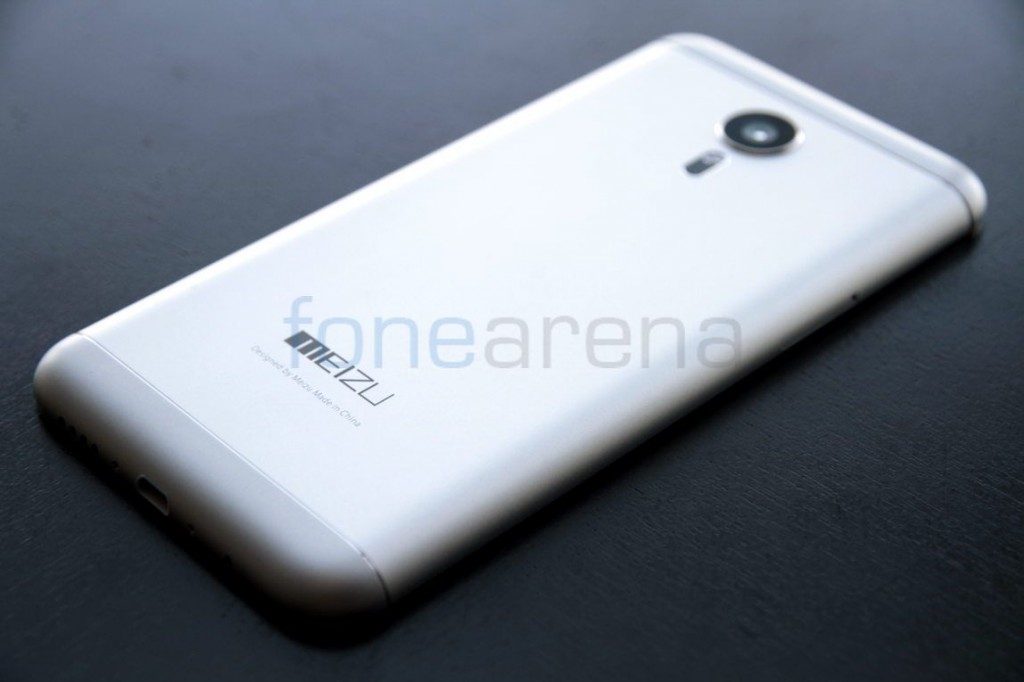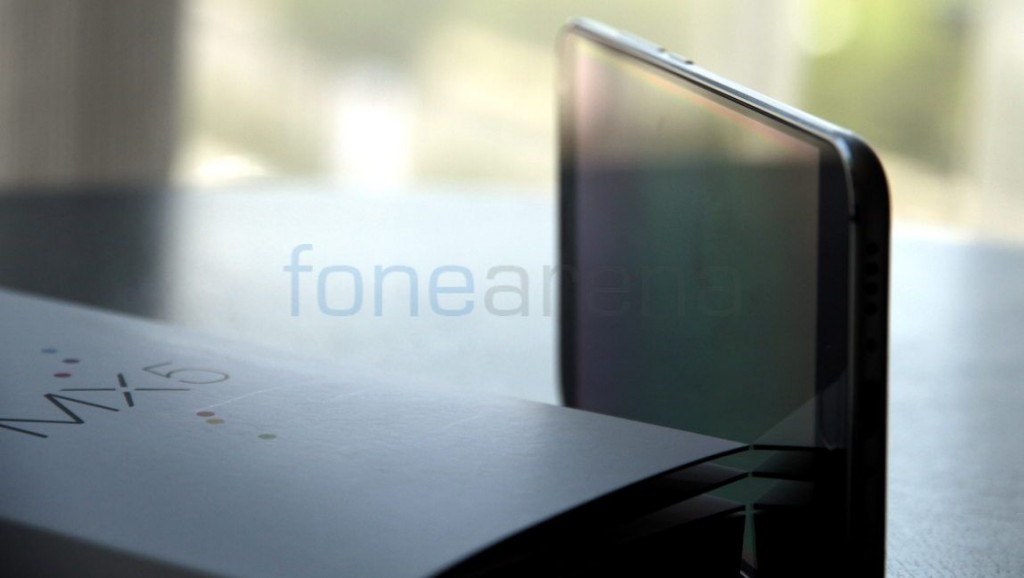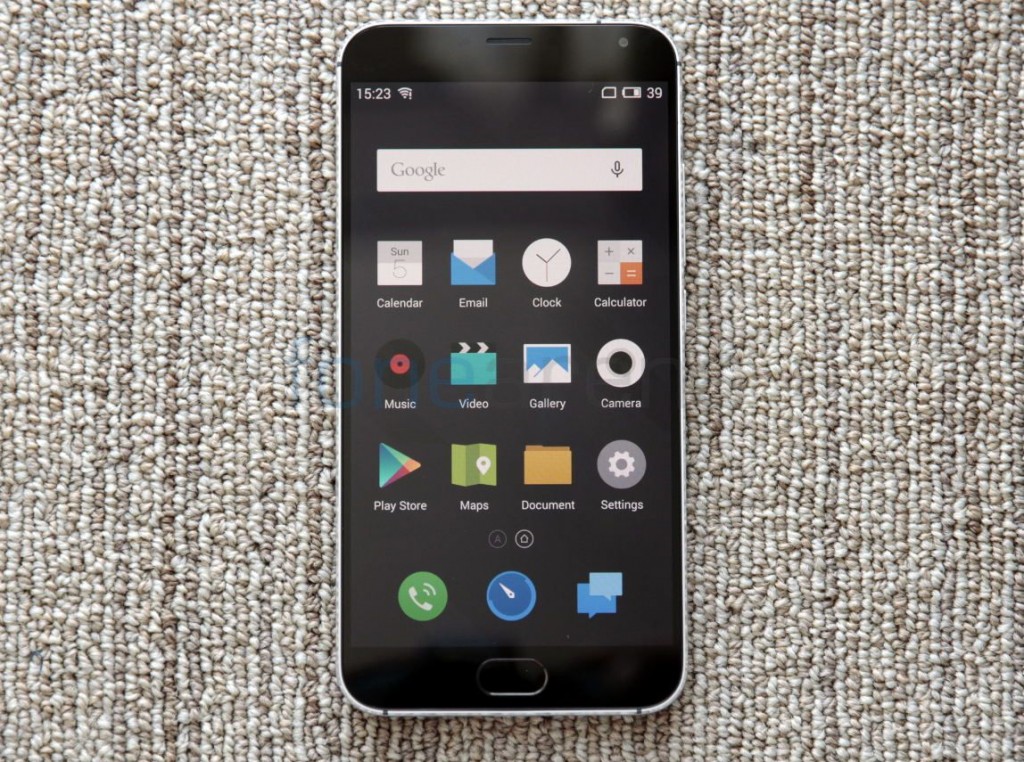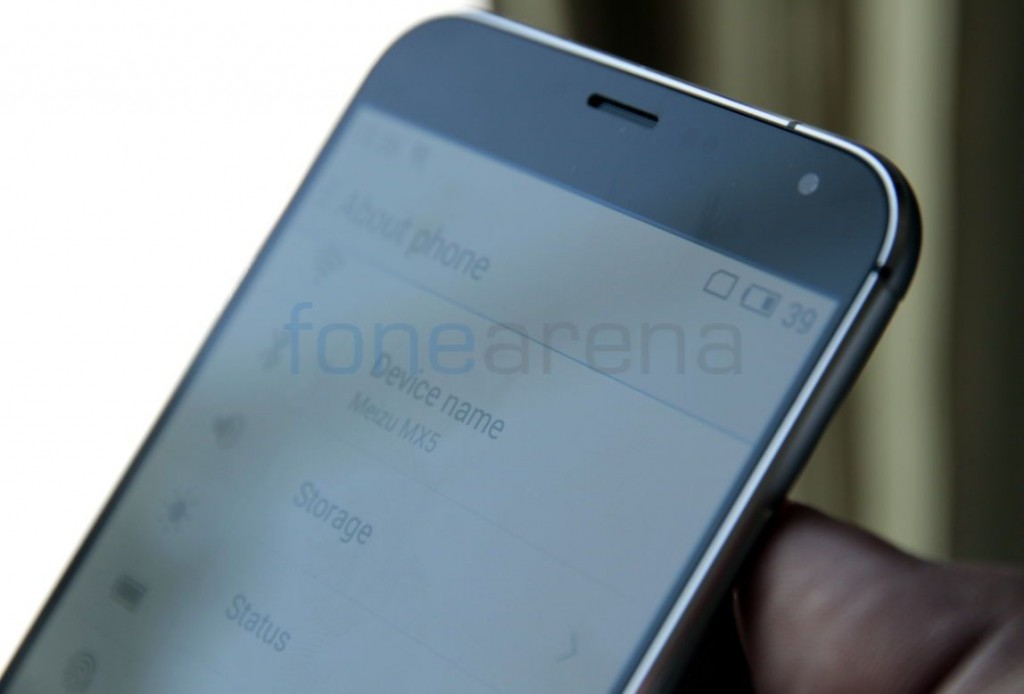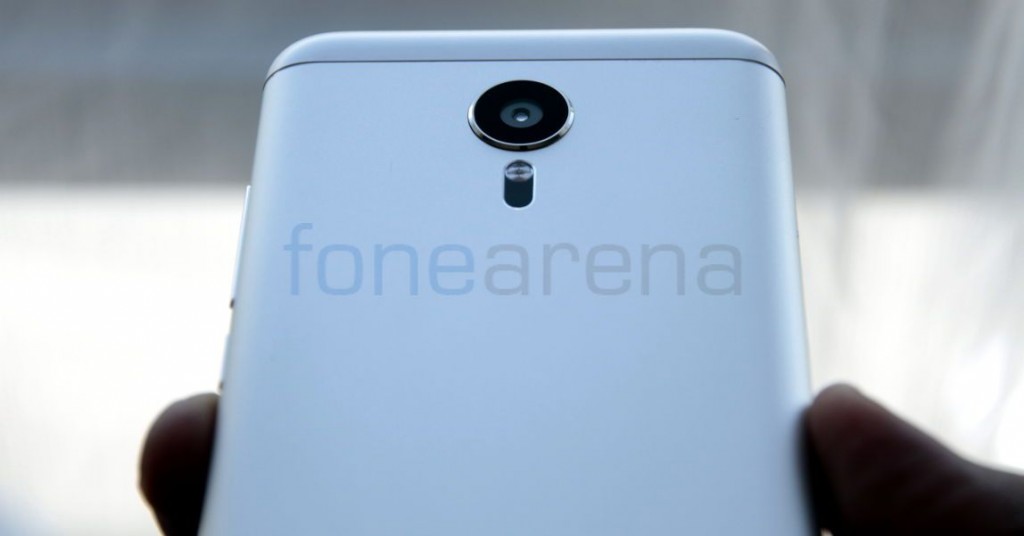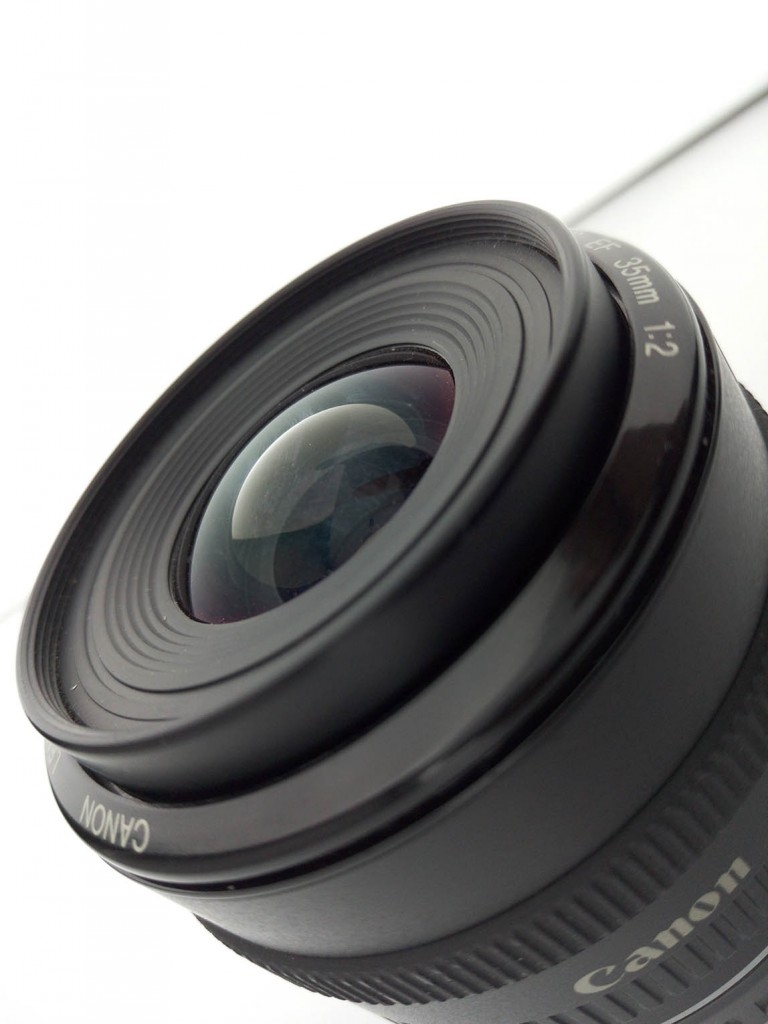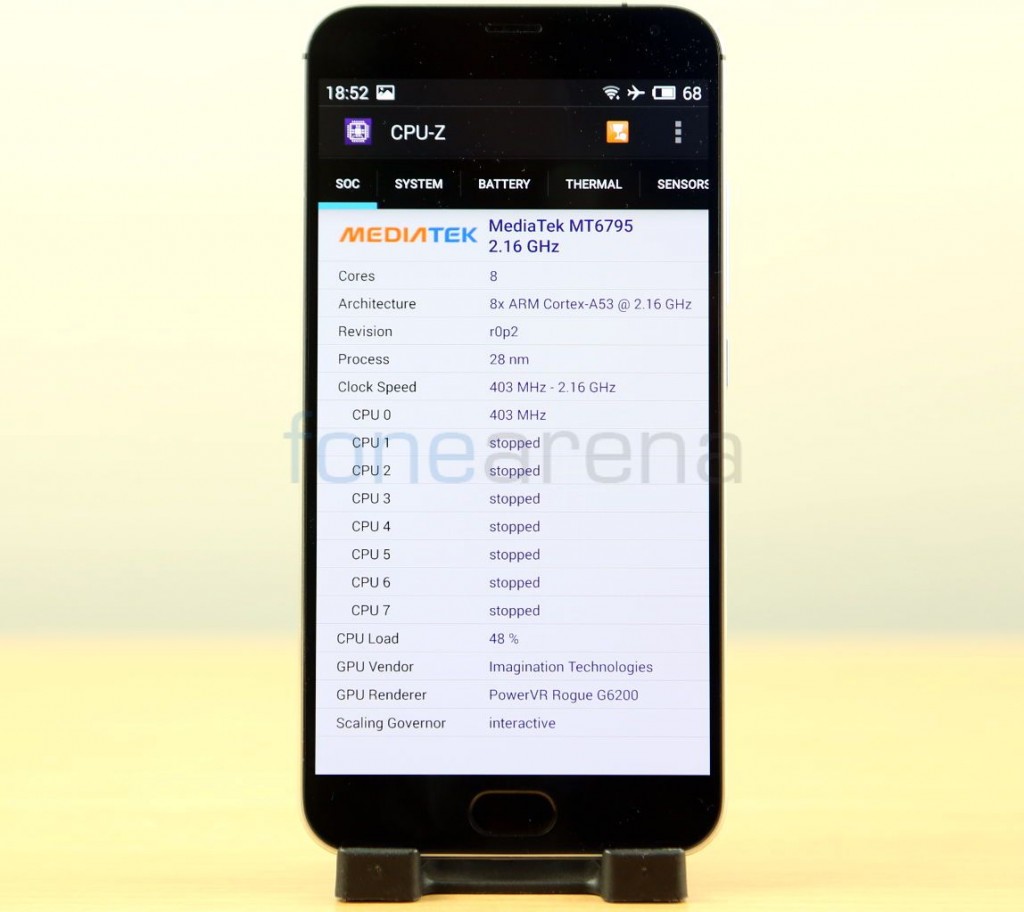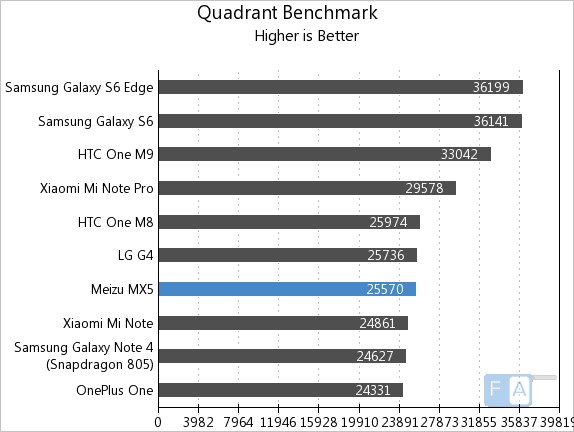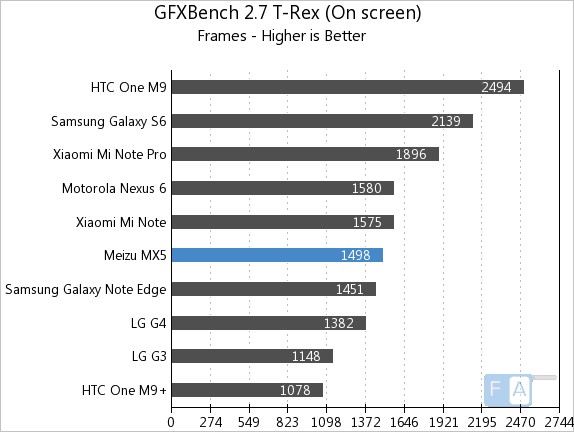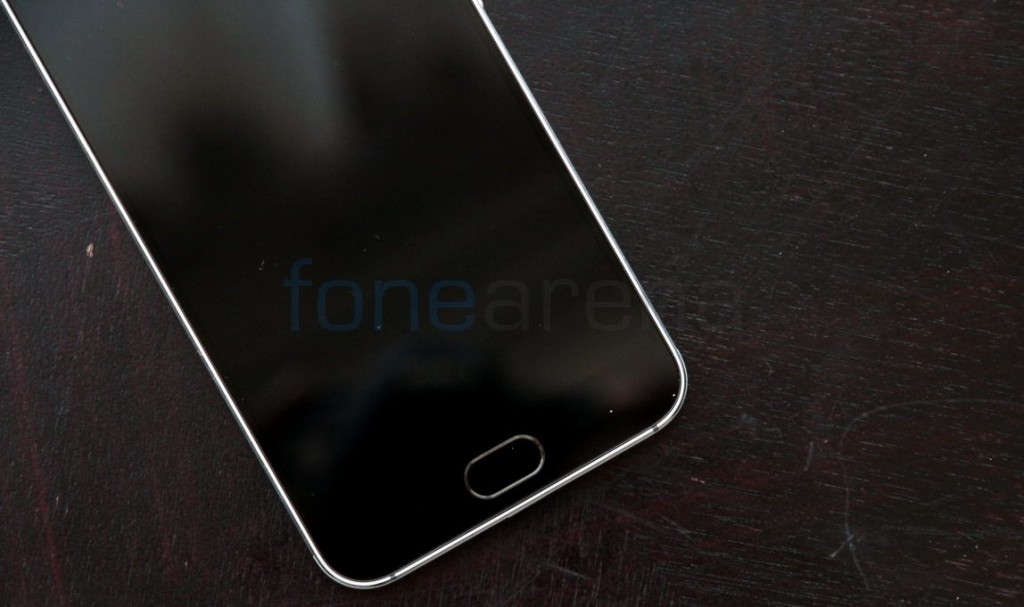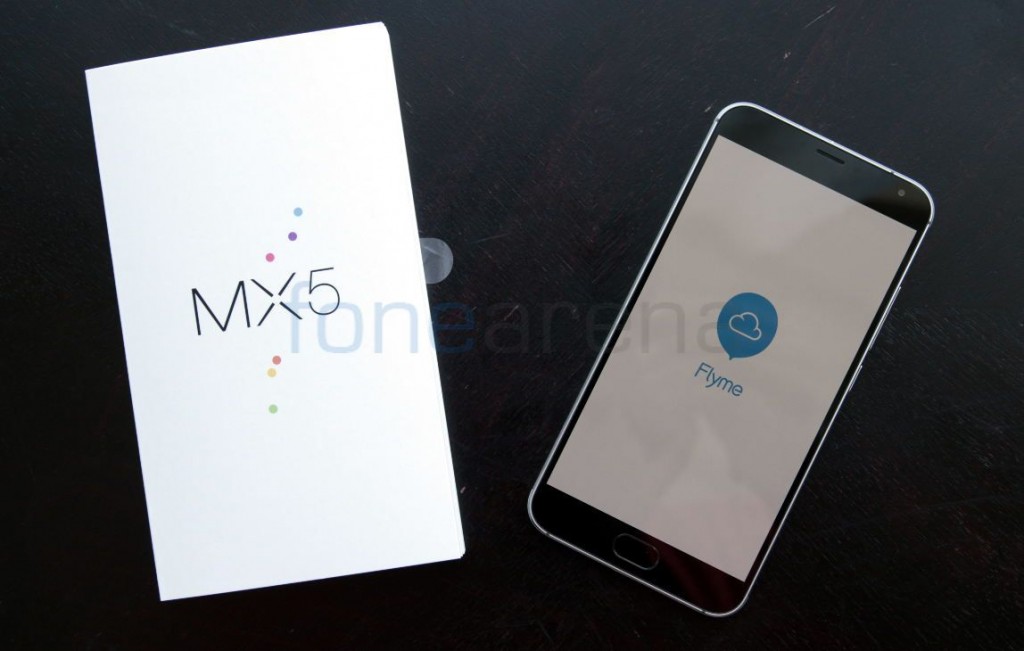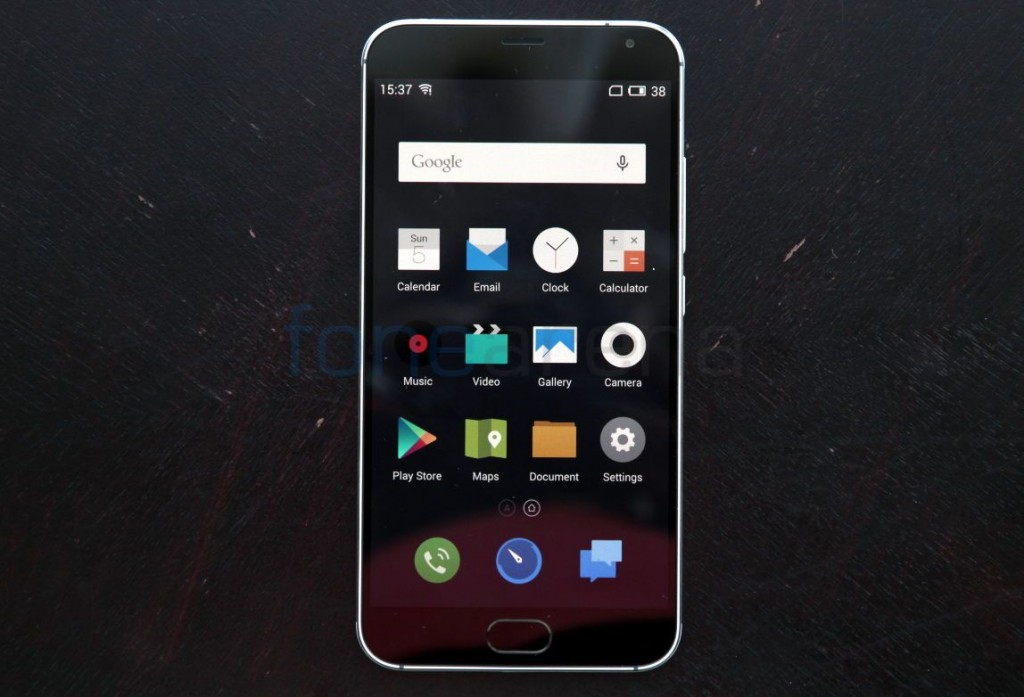A flagship is usually a company’s best product. It’s top-of-the-line, packed with a lot of new and innovative features, but is decidedly out of reach in terms of affordability. That was how things were until everything changed in the last year or so. Now we have flagship grade devices that are accessible, without many compromises that usually come with low price points. The Meizu MX5 is one of them. Announced a month back in China, the MX5 has all the features and aesthetics you’d look for in a flagship and is quite affordable, but should you buy it? The short answer is yes and the long answer for why, is called a review, read on.
Video Review
httpv://www.youtube.com/watch?v=CLlc31aExRw
Let’s talk about the brand first. Meizu is a well-known name in China. They’re not in the top 5 but are a substantial part of the crowded Chinese market. In the last two years, a lot of these Chinese manufacturers have expanded to India, with Meizu being one of the newest entrants. Why now? Well, India’s a natural choice, but it may also be because of a recent investment from Alibaba, triggering a new wave of change in company strategy. Meizu has been selling devices in India only for the past few months now, but our experience with the brand goes way back.
The first Meizu I tried was the MX2, which turned out to be surprisingly good. It was good looking and seemed to have the right priorities in design. The MX5 is three generations ahead and has become the first MX series device to sport a full metal body, so let’s start with design and ergonomics.
Read: A week with the beautiful Meizu MX5
The design of the MX5 closely follows the evolutionary path set by its predecessors. From a distance it looks like a combination of the Samsung Galaxy S6 and an iPhone 6 plus but up close, it’s pretty clear that the design is typically Meizu, except for the new home button that houses a newer fingerprint sensor, more on that later.
The glass on the front sits on a full metal frame with chamfered edges which are shiny enough to be visible on the front face of the phone. This full metal frame ends where the full metal body begins on the sides. The metal is curved from the sides to the back to fit your hands and has a smooth matte finish. This finish was highlighted by Meizu at their event for its meticulous 68-step 30-day process, which yields a 21g metal body. You can read more about the process here, but the point is, the effort that has gone into making the metal body shows.
The finish is beautiful and screams high quality, deserving of its flagship title. However, metal bodies interfere with signals, so as a compromise, there are two strips of high quality PPS plastic on the top and bottom of the phone. These strips were initially indistinguishable from the metal in terms of looks but after a month of use, they got shinier due to the many greasy human hands that handled it. There is also a small metal strip that divides the metal and the plastics and this is where the “bump” can be felt. It is small, but when you run your hands over it, there is a legitimate bump which is probably because the plastics are a bit thicker than the metal body.
A smooth metallic body, especially with a design that favors curves on the sides of the phone, is prone to slips and falls. That’s the case with the MX5 too. A number of factors are responsible for this, like thickness, weight and the size of the phone. At 7.6mm, the phone is quite slim, so there is not much metal to grip on the sides, which is also due to the design. The weight, at 149g, is not light enough to stop a slip. As a result, you would need a case or be ok with seeing scratches on the chamfered edges and may be a dent or two on the plastic parts of the phone. But even after a couple of hard unfortunate falls, there wasn’t a single scratch on the highly polished metal, which is great and yet again shows how much of an effort has gone into it. Now, the third factor is, of course, size, which is mostly mandated by the display.
The display and its small bezels dominate the front of the phone, leaving space for the notification LED, the front facing camera and sensors at the top and the home button at the bottom. The display is a 5.5 inch full HD AMOLED screen, which not only lets Meizu achieve a thickness of 7.6mm but is also simply great in most aspects. With infinite contrast, the AMOLED screen dazzles in nearly every lighting condition. It has no problems with viewing angles or outdoor use, and is magnificent in dealing with colors.
It can go to super bright levels of brightness or tone down to a pittance when needed and covers the full gamut of the NTSC color space. Not only that, it is powered by a Miravision image processing algorithm from MediaTek. It’s like the CABC that we have seen in other flagship phones. The laminated displays have been a mainstay in Meizu’s phones but the MX5’s properly tweaked, not-too-saturated AMOLED screen takes it to the next level, despite having a pentile sub-pixel arrangement that is pronounced when using it for the rare VR experience.
Talking of experiences, the camera on the Meizu MX5 is a Sony IMX220 20.7 MP sensor with a f2.2 six element lens. It’s almost the same camera as the one of the MX4 pro but Meizu claims that it is more refined, with better algorithms. As a result, you get great pleasing photos in daylight, but the 1.2 um pixel size and f2.2 aperture don’t help much in low light, as photos tend to be shaky most of the time. Here are some camera samples for a quick glance –
Download the full resolution samples here
As you can see, the daylight photos look great, with accurate white balance and colors. The sharpening might be a little over done, but that’s highly subjective because some prefer it sharp and some soft. But if you’re looking for options to reduce image properties like sharpening or even saturation, you’re out of luck.
That’s because the camera interface is very minimal, with quick access only to modes, toggles and of course, filters. HDR photography is good, but works best with ample light and steady hands. Same goes for macro, but in all cases, even in low light, focusing is accurate and fast thanks to the laser AF unit just below the circular camera lens. It sits alongside a two-tone flash which generates a neutral color or hot or cool flashes according to the scene. More than the features, the way the laser AF unit and the flash are designed into a single unit is commendable. Also commendable is that, like most other flagships these days, the MX5 lets you take manual control of exposure in the default camera app.
(YouTube has some issues processing Meizu MX5’s sample videos. We will update our review soon.)
In terms of video, the MX5 is capable of recording upto 4K video with the new HEVC H.265 codec and also records 100 fps 720p slow motion videos, apart from the other standard resolutions and frame rates. The video quality is pretty good in 4k and surprisingly good in the slow motion mode too, because it’s quite rare to have seen decent compression in a high-framerate video in any phone except the iPhone. The MX5 is surely an exception in this case.
The 4K mode with HEVC and slo motion video are enabled by the Mediatek Helio X10 powering the MX5. The Helio X10 powers the device with 8 A53 cores running at 2.2 GHz and a PowerVR G6200 GPU that handles all the graphics duties. With 3 GB of RAM, there are no problems with multi-tasking and the full HD resolution definitely doesn’t strain the GPU for normal work.
To understand how the new Mediatek chip fares, we ran some benchmarks, whose results tell you what to expect in terms of performance –
If you had seen all the results, the pattern is quite apparent. The Helio X10 is as powerful as a Snapdragon 805, except in some GPU tests, if you need a point of reference. In normal usage, you wouldn’t notice this much because most phones are highly optimized these days and the MX5 is no exception. Day to day usage never deteriorated and the system kept going with many apps open in the background. Gaming was as expected, and overheating is not much of an issue to worry about here. Sure, the phone heats up like any other phone, but it doesn’t turn into an oven despite the metallic build, so it seems to be under control even in stressful conditions, which is completely fine.
The Helio X10 is also responsible for the 4G dual nano SIM slots in the phone. The chip has support for both the FDD LTE band 3 (1800 MHz) and LTE band 40 (2300 MHz), so it is ready for the India’s 4G pockets, and of course, both SIM slots support 4G, with all the usual management options.
Internally, storage is a concern, by default, because the MX5 doesn’t come with an expansion slot, so the in-built mass storage is all you have. Around 14.56 GB is available for the system and about 11 GB is available to the user. If needs are not met, it is highly suggested to go for higher memory variants, which are indeed costlier than the base model that costs 1799 Yuan (approx Rs. 18,500).
Despite this low price, the MX5 has more flagship features on board like, for example, the fingerprint sensor. MX4 Pro was the first Meizu device to sport the “mTouch” feature, but it seems to have been improved and rechristened “mtouch 2.0” for the MX5. It’s a physical button that incorporates capacitive touch and biometric fingerprint recognition underneath the glass. Meizu devices always had a single home button, so replacing it with a fingerprint sensor must have seemed fine, but it also means that there is now a dedicated notification LED above the display instead of a circular one on the capacitive home button and this new hardware button gets more protection on the inside to prevent water or sweat from seeping into the fingerprint sensor. I did miss the now-extinct soft double tap/long tap on the glow-in-the-dark home button to lock/unlock the phone, but its replacement quickly changed my mind.
Mtouch 2.0 exceeds expectations when it comes to performance. It’s wildly fast and works well even with a smudge-ridden glass, but of course you would need to give it a second chance sometimes. The accuracy levels were high and we were able to get multiple fingers registered for the fastest unlock times on this phone except those rare few times. Security wise, Meizu says you are covered, with an encrypted TEE chip on-board that locally stores all the fingerprint data and is inaccessible, by all means.
The capacitive mTouch button also acts as a back button on a single soft tap, while the hard tap of the physical button takes you to the home screen. This dual-functionality is one of the many neat UX tweaks as a part of the Flyme OS, a completely custom UI running on top of Android 5.0 Lollipop. Flyme has gained a lot of features and design tweaks since the days of the MX2, and its good to see that consistency is now more prevalent across the UI than before.
Its launcher is screens populated with apps and a lot of these default apps are delightfully minimalistic. By default, the icons have a fresh look and most of them are custom according to the app, think of it as a pre-installed icon pack. And yes, there are tons of customization options and thankfully some of the necessary Google apps come pre-loaded unlike Meizu devices sold in China. The performance of the UI is fast and fluid, mostly maintaining a high frame rate throughout, but some of the default apps did misbehave now and then, most notably the default browser. But this is Android, so there is just way too much choice to complain about things like these. Music sounds great in-ear as well as on the loudspeaker at the bottom, and watching videos is effortless, made better by the display.
Watching videos, or even just doing things, involves the draining of the battery. With 3150 mAH of capacity, the MX5 lasts for a day, but with very little charge left at the end. This has been mostly the case over the course of usually medium-to-heavy usage. The screen-on-time hovers around 3-3.5 hours for one full charge of the device, with additional payloads like continuous use of mobile internet, tethering and Twitter. So, about 18 hours of standby time is what I consistently get with the same pattern of usage. And yet again, like a true flagship, it has quick charging technology called mCharge and with its supported charger, charges the MX5 from 0 to 25% in 10 mins and to 60% in 40 mins.
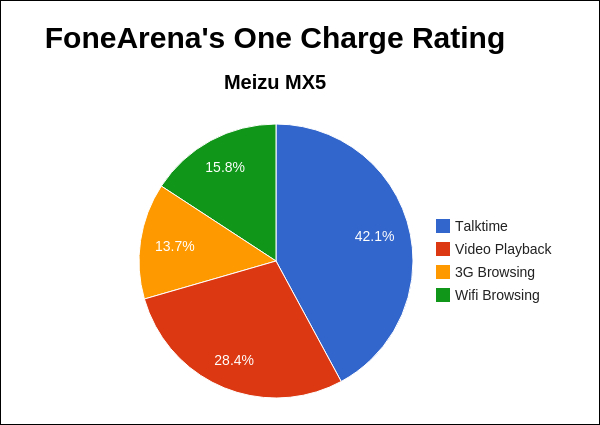
It achieved an One Charge Rating of 9 hours and 46 minutes. Check out the complete set of Meizu MX5 battery test results here.
So, that’s the whole theme here. The Meizu MX5 is truly a flagship device, despite the lowly price. It’s got great design, looks beautiful, takes decent pictures with fast AF, lets you use advanced tech like fingerprint authentication and basically gives you an easily accessible flagship experience, without too many compromises. Of course you will have to cover the phone up to safeguard the precious metal and glass and deal with limited storage options if you’re on a budget (sound familiar?), but at this price Rs19,999 for the 16GB variant, the Meizu is highly recommended and should definitely be in your list of choices.

